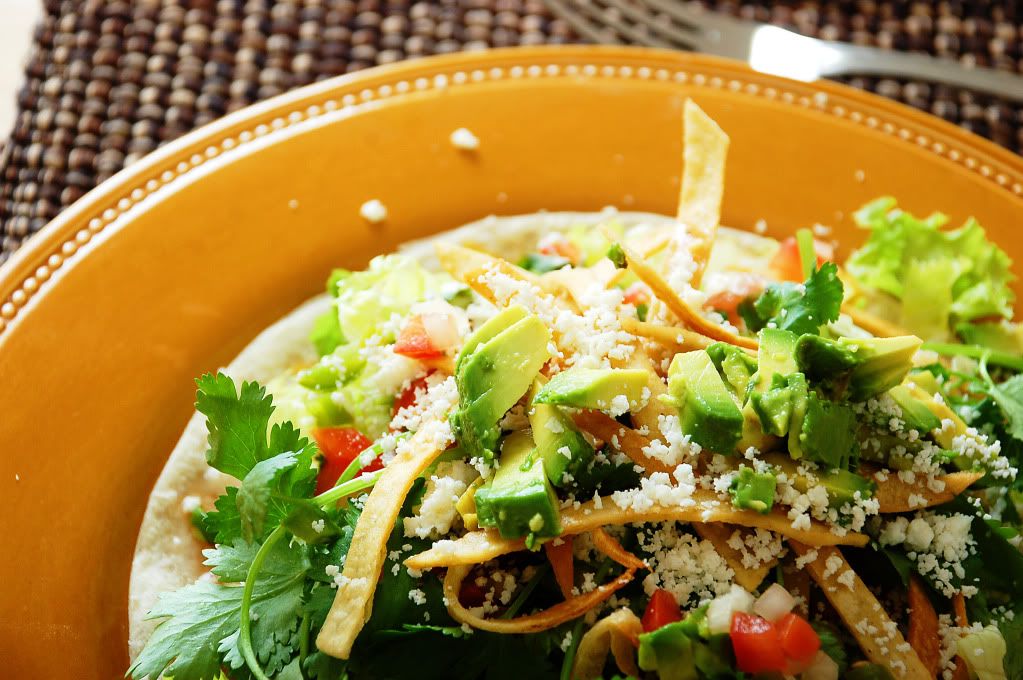Look for a tomato with a husk like this next time you're in the produce section of the grocery store - it's often by the jalepeños and other peppers used in latin-american cooking. (Although it's not really spicy)


Here's what Wikepedia says about the tomatillo:
The tomatillo (Physalis ixocarpa or Physalis philadelphica) is a small, spherical and green or green-purple fruit surrounded by a paper-like husk formed from the calyx. As the fruit matures, it fills the husk and can split it open by harvest. The husk turns brown, and the fruit can be any of a number of colors when ripe, including yellow, red, green, or even purple[1]. Tomatillos are the key ingredient in fresh and cooked Latin American green sauces. The freshness and greenness of the husk is a quality criterion. Fruit should be firm and bright green as the green colour and tart flavour are the main culinary contributions of the fruit.
The tomatillo is also known as the husk tomato, jamberry, husk cherry, mexican tomato, or ground cherry, although these names can also refer to other species in the Physalis genus. In Spanish it is called tomate de cáscara, tomate de fresadilla, tomate milpero, tomate verde ("green tomato"), tomatillo (Mexico [this term means "little tomato" elsewhere]), miltomate (Mexico, Guatemala), or simply tomate (in which case the tomato is called jitomate). Even though tomatillos are sometimes called "green tomatoes", they should not be confused with green, unripe tomatoes. Other parts of the tomatillo plant also contain toxins, and should not be eaten.
Fresh ripe tomatillos will keep in the refrigerator for about two weeks. They will keep even longer if the husks are removed and the fruits are placed in sealed plastic bags stored in the refrigerator. They may also be frozen whole or sliced.
And if any of you haven't tried that Mexican Chicken Salad, yet, click here, cause you're missing out!





1 comment:
Can the leaves be dangerous to kids, and or animals?
Post a Comment